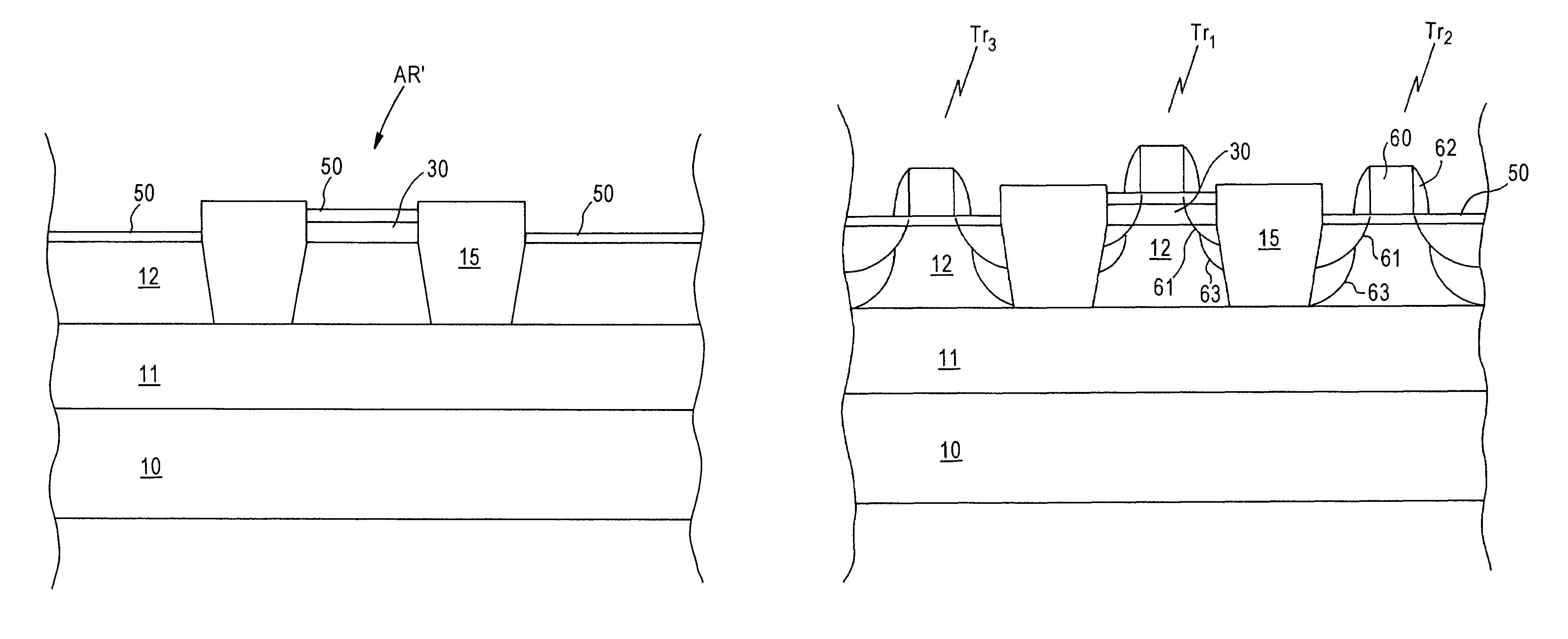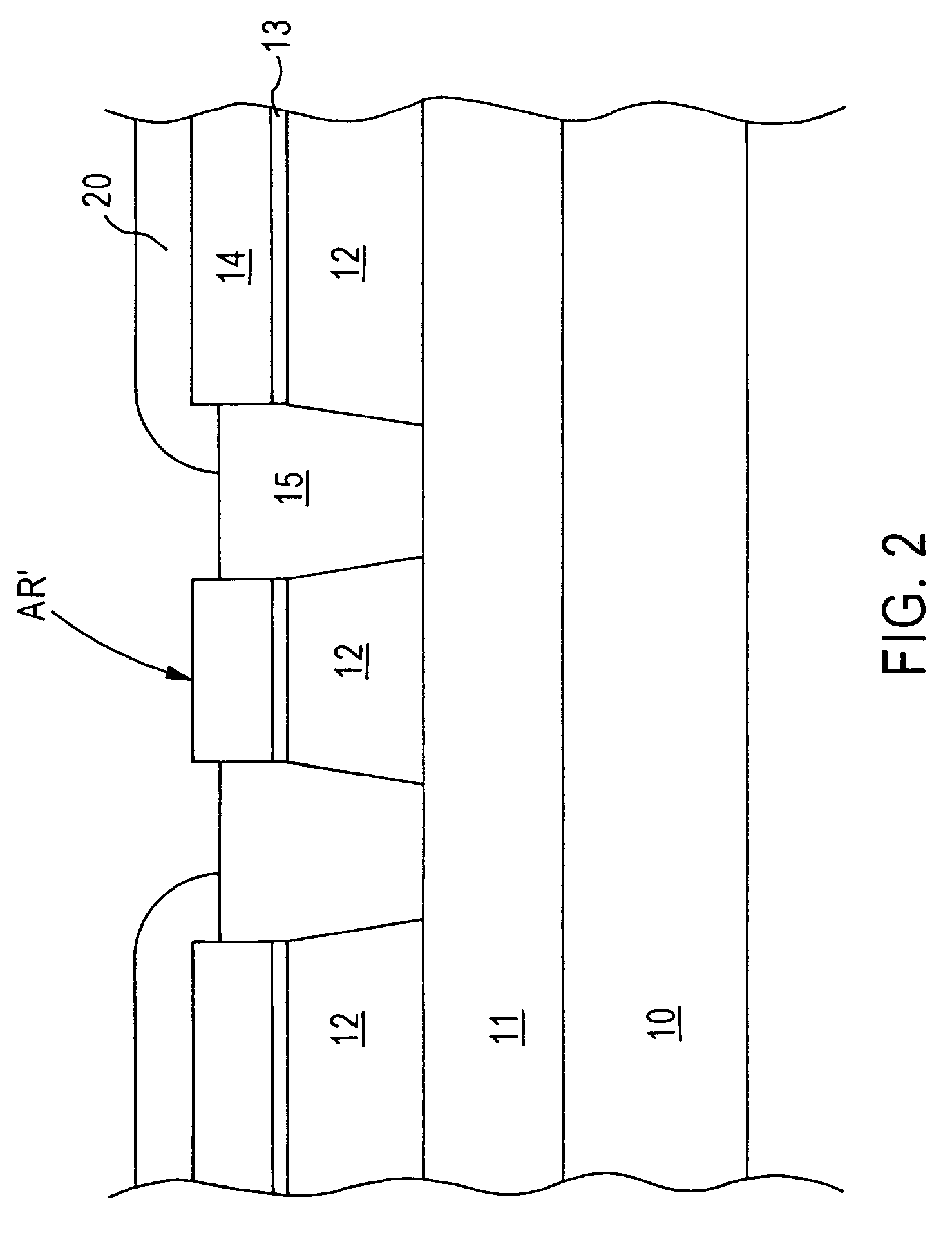Selective epitaxial growth for tunable channel thickness
a technology of tunable channel and epitaxial growth, which is applied in the field of selective ep, can solve the problems of body introduction of dynamic instabilities, inability to charge and discharge the body, and inability to fully deplete devices, so as to increase the thickness of the exposed underlying semiconductor layer and increase the thickness of the semiconductor layer
- Summary
- Abstract
- Description
- Claims
- Application Information
AI Technical Summary
Benefits of technology
Problems solved by technology
Method used
Image
Examples
Embodiment Construction
[0018]The present invention addresses and solves the problem of optimizing the performance characteristics of a semiconductor device comprising different types of transistors for a particular implementation. Semiconductor devices typically comprise various different types of transistors designed to perform certain functions. The present invention provides efficient methodology enabling the transistors to be selectively tuned with a desired channel thickness depending on its desired characteristics for the particular implementation. In this way the overall operating speed of the device is increased with improved accuracy and precision in an efficient, cost effective manner.
[0019]In accordance with embodiments of the present invention, designated active regions wherein transistors are to be formed which desirably have a thicker channel than other transistors are subjected to selective epitaxial growth in order to increase the channel thickness vis-à-vis the channels of other transisto...
PUM
 Login to View More
Login to View More Abstract
Description
Claims
Application Information
 Login to View More
Login to View More - R&D
- Intellectual Property
- Life Sciences
- Materials
- Tech Scout
- Unparalleled Data Quality
- Higher Quality Content
- 60% Fewer Hallucinations
Browse by: Latest US Patents, China's latest patents, Technical Efficacy Thesaurus, Application Domain, Technology Topic, Popular Technical Reports.
© 2025 PatSnap. All rights reserved.Legal|Privacy policy|Modern Slavery Act Transparency Statement|Sitemap|About US| Contact US: help@patsnap.com



